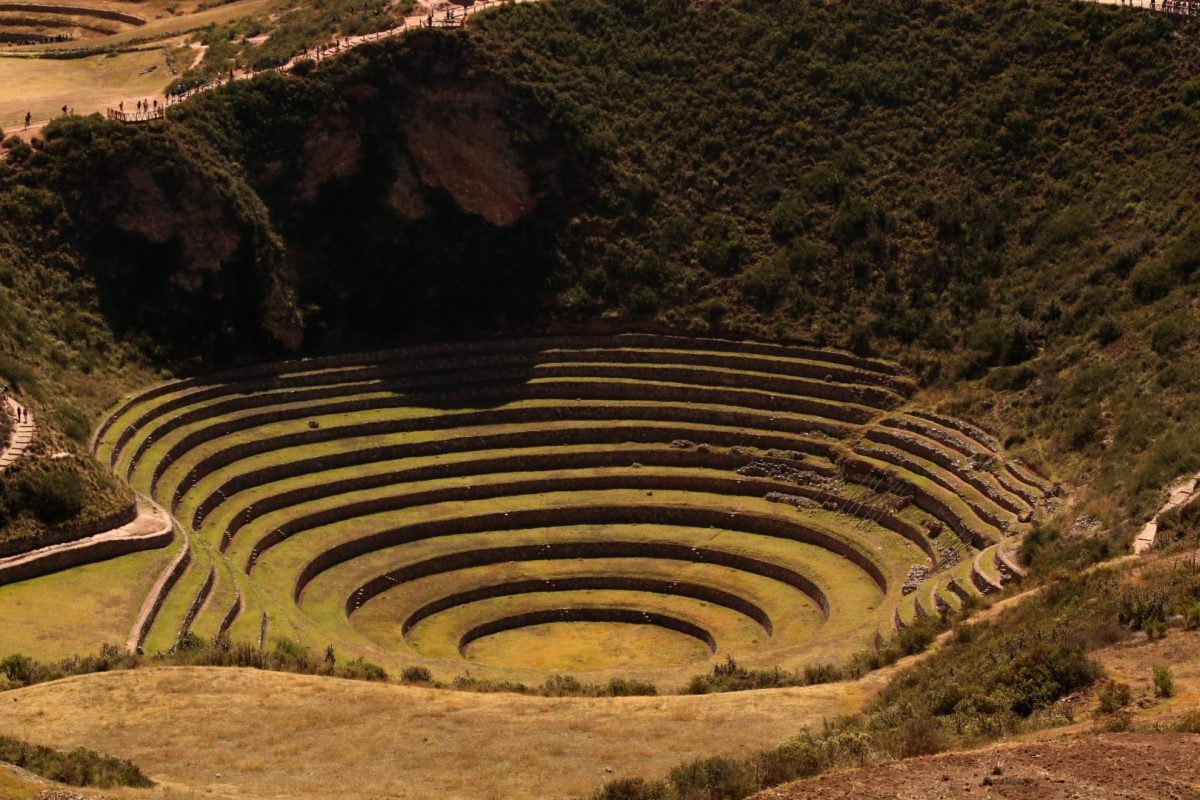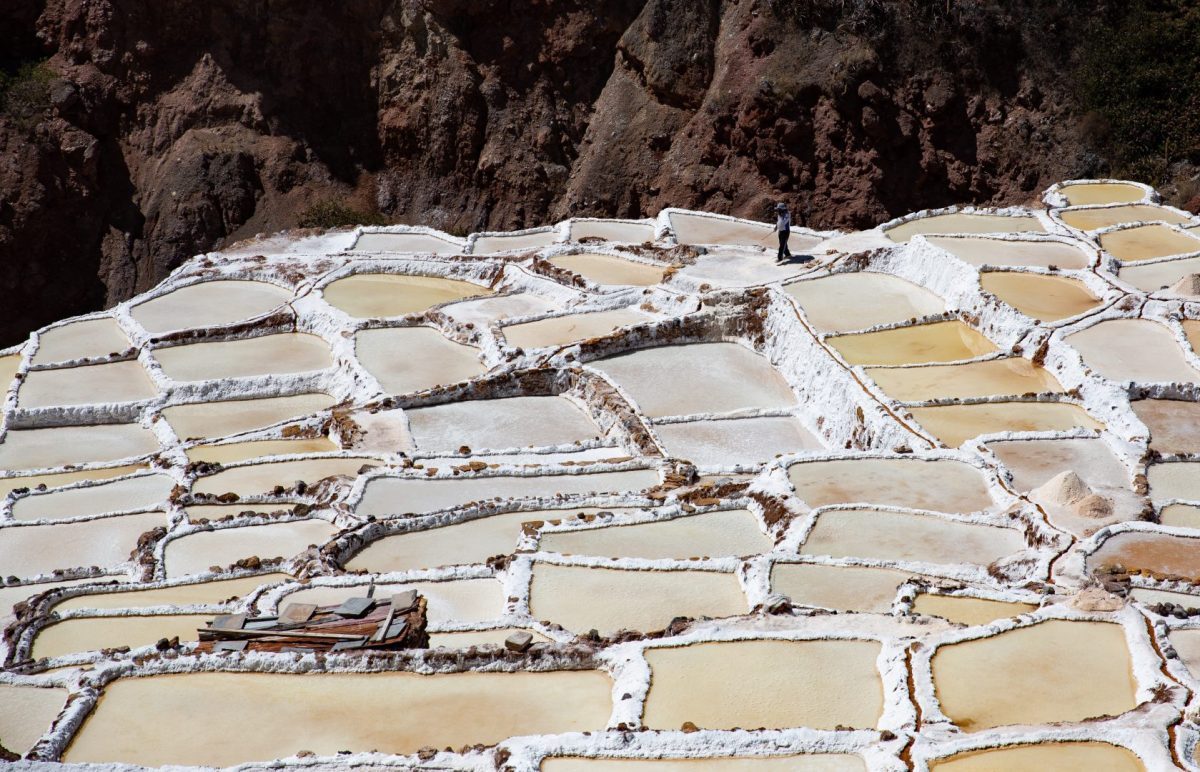How to Plan Your Machu Picchu Salkantay 5 Day Trek in Cusco
The Salkantay Trek is a popular alternative to the Inca Trail and is a stunning five-day trek through the Andes before reaching Machu Picchu. The trek provides an opportunity to explore remote villages, experience the Sacred Valley’s culture, and get up close with llamas and alpacas. Here is everything you need to know to plan your Machu Picchu Salkantay 5 Day Trek in Cusco.Experience
The Salkantay Trek is a challenging trek that requires a moderate level of fitness. The trek includes steep climbs, high-altitude, and long days of hiking. However, the views and experience of being in the Andes are worth the effort. The trek covers approximately 44 miles (72 kilometers) and reaches a maximum elevation of 15,000ft (4,600m).Highlights
The Machu Picchu Salkantay 5 Day Trek features numerous highlights, including: – Hiking to the stunning Humantay Lake and Llaqtapata – Visiting remote villages along the trek – Getting involved in coffee tours and Pachamanca demonstrations – Beating the crowds to Machu Picchu to witness the sunrise – Supporting social projects along the trekItinerary
Here is what you can expect day by day from the Machu Picchu Salkantay 5 Day Trek:Day 1
On the first day, you will be picked up from your hotel in Cusco and transferred to the start of the trek. You will hike for approximately 4-hours to Soyrococha (4400 m / 14430 ft) where you will be served lunch by a chef. You will then continue climbing for an additional hour to reach Salkantay Pass (4650 m/ 15255 ft). After enjoying the stunning views, you will begin a 3-hour downhill hike to the campsite at Wayracmachay (3800 m/ 12467 ft).Day 2
On the second day, you will trek for approximately 5 hours to the village of Colpapampa (2800 m / 9186 ft) before reaching your campsite.Day 3
On the third day, you will hike for approximately 7 hours to Lucmabamba (2000 m / 6562 ft). The hike will take you through lush forests, and you will have the opportunity to taste freshly roasted coffee.Day 4
On the fourth day, you will start the day with a visit to the Llaqtapata Inca ruins before continuing on a 3-hour trek to the hydroelectric power plant. From there, you will take a train to the town of Aguas Calientes, where you will spend the night.Day 5
On the final day, you will wake up early to catch the first bus to Machu Picchu, where you will watch the sunrise over the ruins. After a guided tour of Machu Picchu, you will take the bus back to Aguas Calientes to board the train back to Ollantaytambo. From there, you will be transported back to Cusco.Booking the Tour
To book your Machu Picchu Salkantay 5 Day Trek tour, visit this link: book the tour here. The tours are offered through GetYourGuide, a reputable experience booking platform. Be sure to book your tour in advance as spots fill up quickly, especially during peak season from May to September.Book Your Tour Now
Planning your Machu Picchu Salkantay 5 Day Trek in Cusco can be challenging, but it’s worth it for the epic views and remote cultural experiences. Be sure to book in advance and prepare for the challenging trek. With proper planning, you can make lasting memories on this breathtaking adventure.
FAQ About Cusco – Everything You Need to Know Before You Go
1. Where is Cusco located?
Cusco is located in southeastern Peru, near the Urubamba Valley of the Andes mountain range. It is situated at an altitude of 3,400 meters (11,200 feet) above sea level.2. What is the best time to visit Cusco?
The best time to visit Cusco is from May to September when the weather is dry and sunny. However, it is also the busiest time of the year, so expect large crowds and higher prices. The rainy season runs from October to April, and the region experiences occasional floods and landslides during this time. It is advisable to check the weather forecast and plan your trip accordingly.3. What are some must-see attractions in Cusco?
Cusco has a rich cultural and historical heritage, and there are many must-see attractions including: – Machu Picchu, one of the world’s most famous archaeological sites – The Sacsayhuaman fortress, located on a hill overlooking Cusco, and a UNESCO World Heritage Site – The Inca Trail, a historic hiking route that leads to Machu Picchu – The Qorikancha, the site of the most important temple in the Inca Empire – The San Blas neighborhood, known for its handicrafts and art galleries – The Plaza de Armas, the main square in the city center with stunning colonial architecture4. What is the altitude sickness, and how do I prevent it?
Cusco is situated in high altitude, and altitude sickness can be a concern for some visitors. Symptoms include headaches, dizziness, nausea, and shortness of breath. To prevent altitude sickness, it is recommended to stay hydrated by drinking plenty of fluids, avoid smoking and alcohol, take it easy for the first few days to acclimatize gradually to the altitude, and take medication if needed. If you experience severe symptoms, it is always better to seek medical attention.5. What is the local currency, and are US dollars accepted?
The official currency of Peru is the Peruvian Sol (PEN). US dollars are widely accepted in Cusco, but it is advisable to carry some local currency as well. Money can be exchanged at banks or currency exchange offices in the city.6. What is the food like in Cusco?
Cusco has a rich culinary tradition, with a mix of indigenous and Spanish influences. Some of the most popular dishes include: – Ceviche, a dish of raw fish marinated in citrus juice and spices – Anticuchos, grilled skewers of marinated meat – Lomo saltado, a stir-fry made with beef, onions, tomatoes, and fries – Aji de gallina, a creamy chicken stew – Cuy, roasted guinea pig, a traditional Andean delicacy There are also many vegetarian and vegan options available, and international cuisine is also available in the city.7. Is it safe to travel to Cusco?
Cusco is a relatively safe city, but like any tourist destination, visitors should be cautious and take common-sense measures to avoid becoming a victim of crime. This includes keeping valuables out of sight, being aware of your surroundings, and avoiding dark or isolated areas at night. It is also recommended to use registered taxis or transportation services arranged by your accommodation.8. Can I drink tap water in Cusco?
It is not recommended to drink tap water in Cusco, but bottled water is widely available and inexpensive. It is also advisable to avoid ice in drinks and to brush your teeth with bottled water.9. What are some cultural norms and customs that visitors should be aware of?
Cusco has a rich cultural heritage, and visitors are encouraged to respect local customs and traditions. Some things to keep in mind are: – Dress modestly when visiting religious sites – Greet locals with a smile and a handshake – Avoid taking photos of people without their permission – Ask before taking photos in churches or museums – Always haggle when shopping at local markets10. How do I get around Cusco?
Cusco is a relatively small city, and walking is the best way to explore the city center. However, taxis and ride-sharing services are also readily available and generally safe to use. Public transportation, including buses and minibusses, are also an option but can be crowded and unreliable. It is also possible to rent bicycles or scooters to explore the city and its surroundings.
How to spend your time as a tourist in Cusco
Cusco, the former capital of the Inca Empire, is a city rich in history, culture, and natural beauty. There are countless things to see and do in Cusco, from visiting ancient ruins to hiking through stunning mountains. In this guide, we will provide you with a step-by-step plan that will help you make the most of your time in Cusco.1. Explore the Historic Center of Cusco
The Historic Center of Cusco is a UNESCO World Heritage Site that boasts stunning colonial architecture and charming narrow streets. Start your exploration at the impressive Plaza de Armas, where you will find the Cathedral of Santo Domingo and the Church of the Society of Jesus. These striking churches are some of the most iconic landmarks in Cusco, and they offer a fascinating insight into the city’s colonial history. From the Plaza de Armas, wander through the nearby streets, admiring the colorful buildings and quaint shops. Take a moment to explore the San Blas neighborhood, which is known for its lively atmosphere and artistic community. At the top of the San Blas hill, you’ll find a beautiful church and a stunning view of the city.2. Visit the Sacred Valley of the Incas
The Sacred Valley of the Incas is a region surrounding Cusco that is filled with ancient ruins, fertile farmland, and breathtaking scenery. It’s a must-see destination for anyone visiting Cusco. One of the most popular ways to explore the Sacred Valley is by taking a guided tour. Tours typically include stops at the Pisac market, the Inca ruins of Ollantaytambo and Chinchero, and a traditional Quechua village. You’ll have the opportunity to learn about the local culture, see ancient architecture up close, and appreciate the natural beauty of the region.3. Hike to Machu Picchu
No visit to Cusco would be complete without a trip to Machu Picchu. This UNESCO World Heritage Site is one of the most famous and awe-inspiring archaeological sites in the world. There are several ways to reach Machu Picchu, including hiking the famous Inca Trail, taking a train from Cusco, or combining a train ride with a short hike. The most popular trek is the four-day classic Inca Trail, which offers stunning views of the Andes Mountains and allows you to explore several Inca ruins along the way. If you’re short on time or not a fan of hiking, you can take a train from Cusco to the town of Aguas Calientes, where you can catch a bus up to Machu Picchu. It’s a more comfortable and convenient option, but it doesn’t offer the same sense of adventure as hiking the Inca Trail.4. Explore Cusco’s Archaeological Sites
Cusco is home to several fascinating archaeological sites that offer a glimpse into the ancient world of the Incas. The most popular sites are Sacsayhuaman, Qenko, Puca Pucara, and Tambomachay. Sacsayhuaman is the largest and most impressive site, with massive stone walls and a stunning view of Cusco. Qenko is a mysterious site with intricate stone carvings and underground passages. Puca Pucara is a small fortress that was likely used for military purposes, while Tambomachay is a series of aqueducts and waterfalls that were used for irrigation and religious ceremonies.5. Indulge in Cusco’s Cuisine
Cusco has a rich culinary tradition that blends ancient Incan ingredients with Spanish and international influences. Make sure to sample some of the local specialties, such as alpaca steak, rocoto relleno (stuffed peppers), ceviche, and chicha morada (a sweet purple corn drink). For a more immersive food experience, take a cooking class or a food tour. You’ll learn about the history and culture of Cusco’s cuisine while getting hands-on experience in preparing traditional dishes.Final Thoughts
Cusco is a city that is sure to leave a lasting impression on any visitor. By exploring the Historic Center, visiting the Sacred Valley, hiking to Machu Picchu, exploring the archaeological sites, and indulging in the local cuisine, you’ll gain a deep appreciation not only for Cusco but for ancient Incan culture as a whole.Table of Contents

